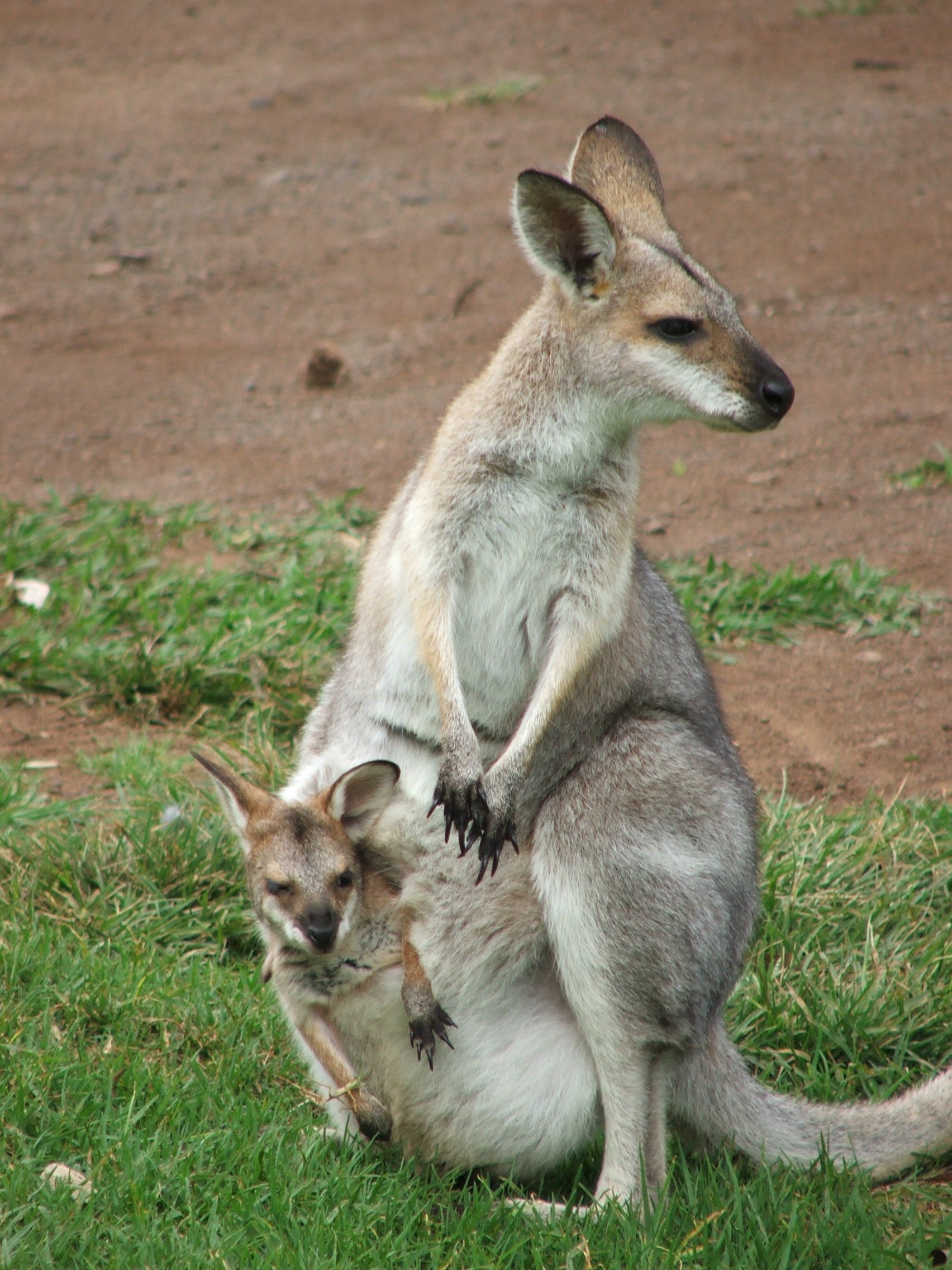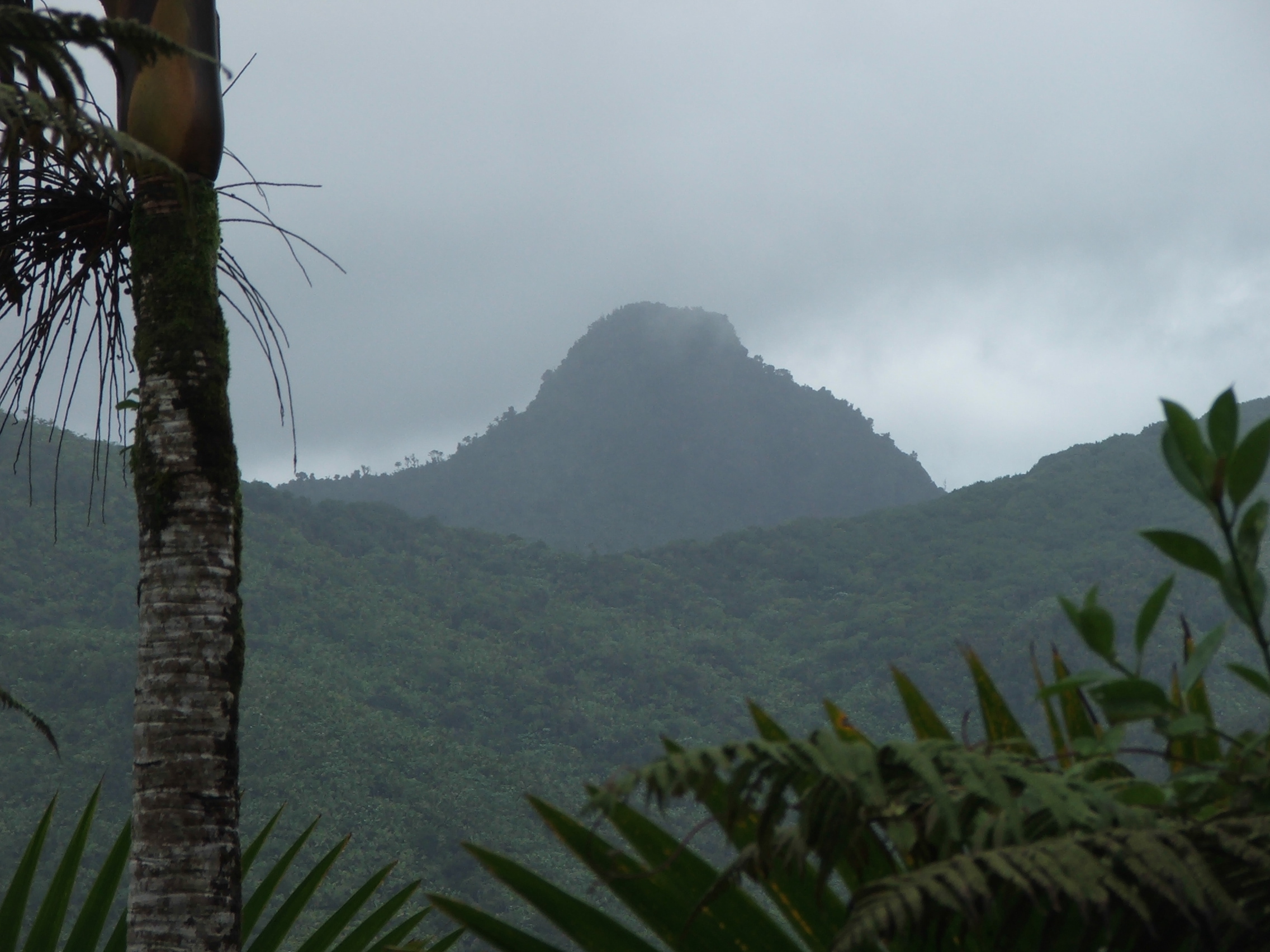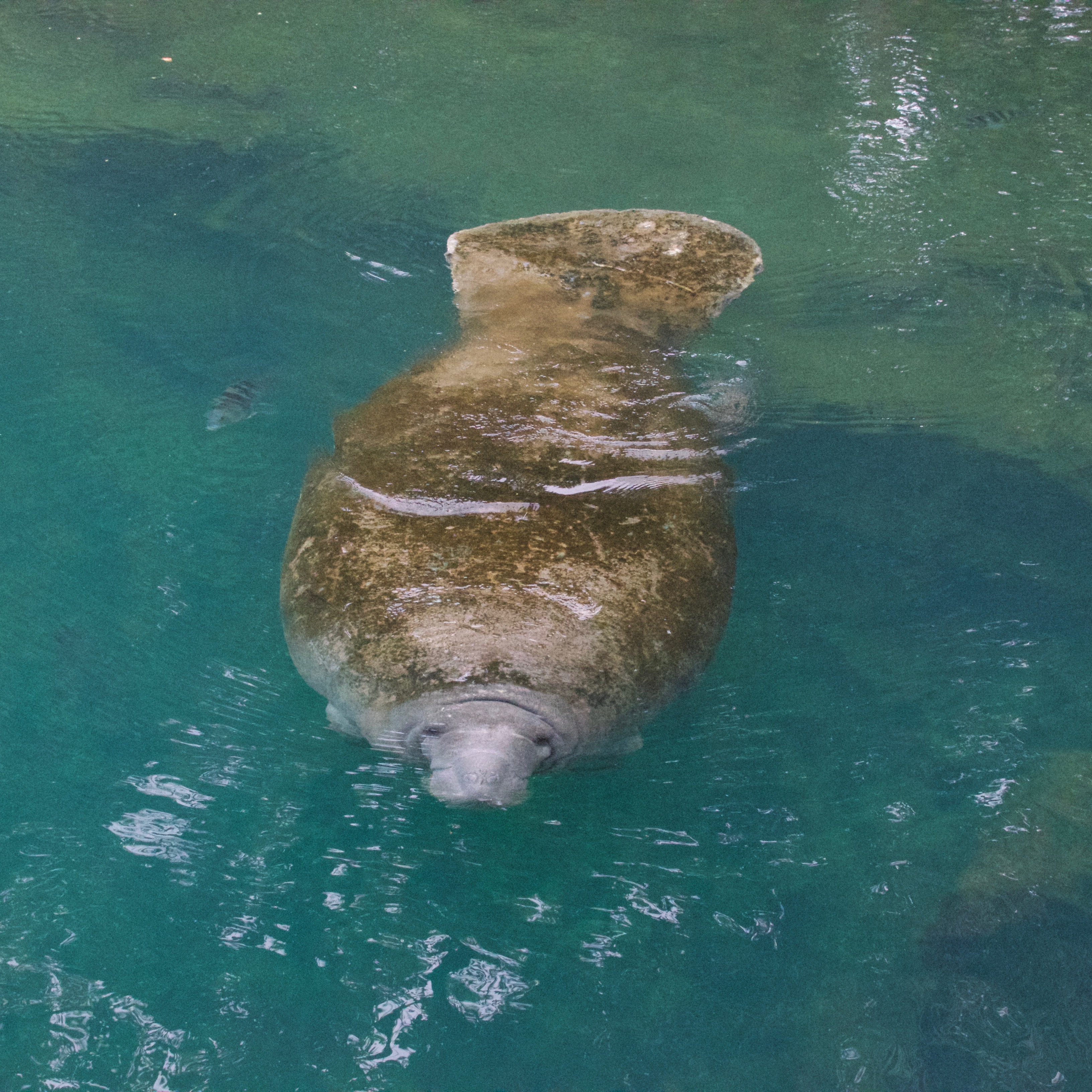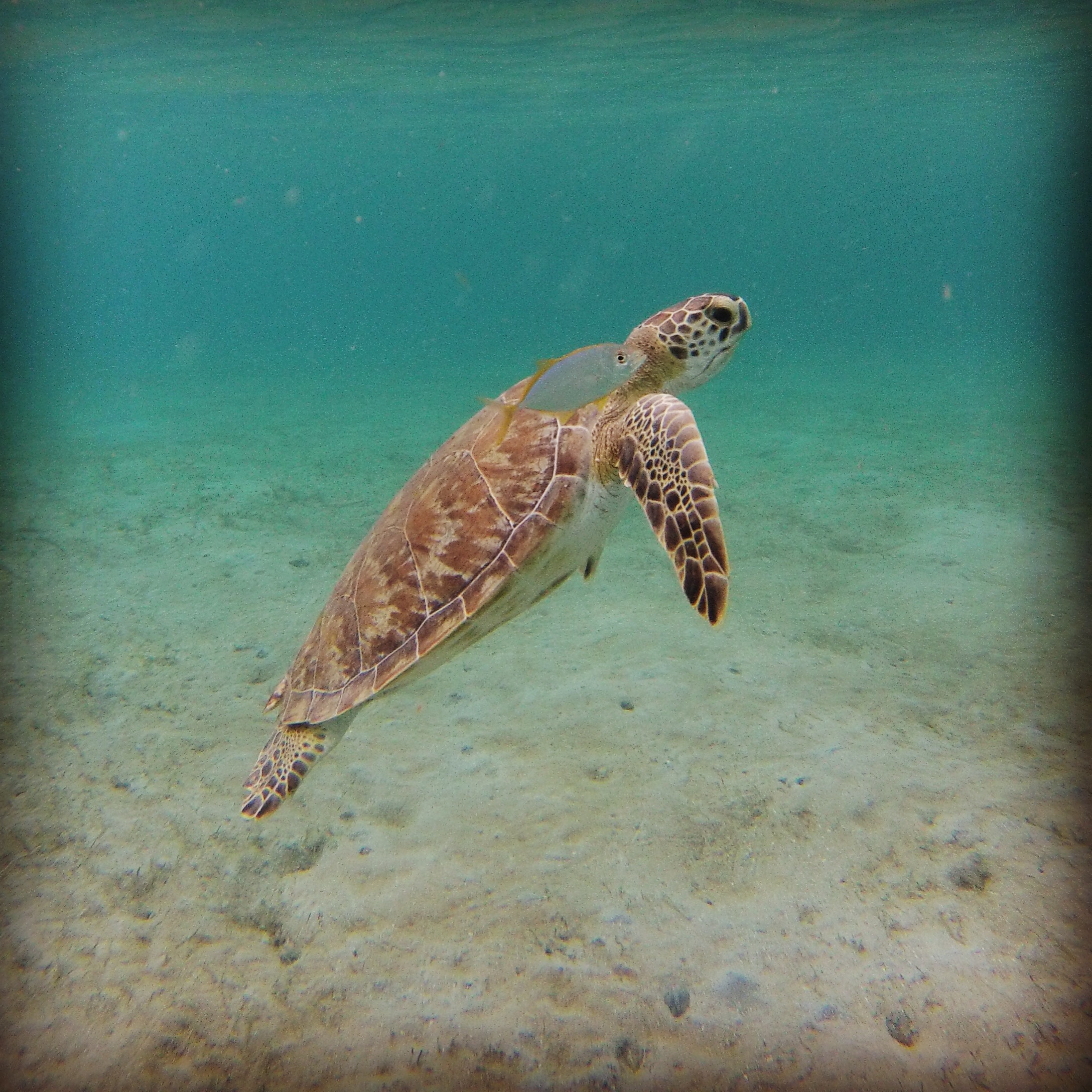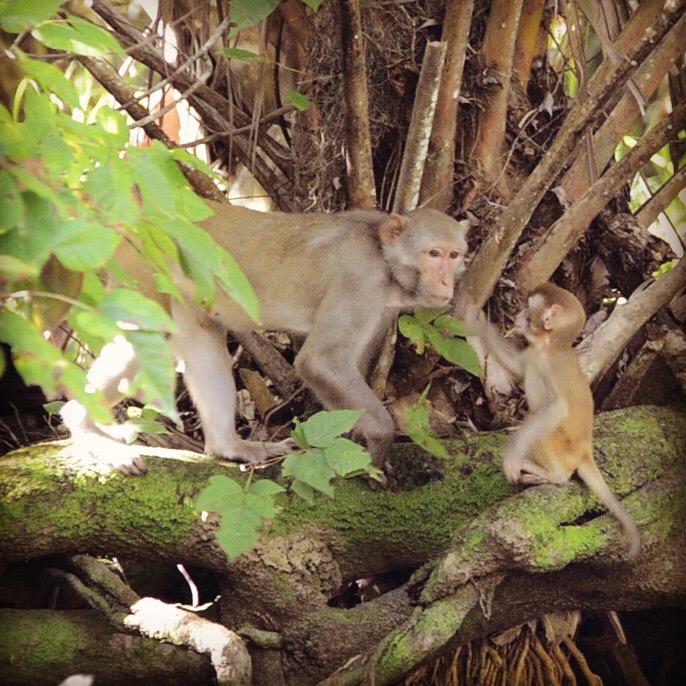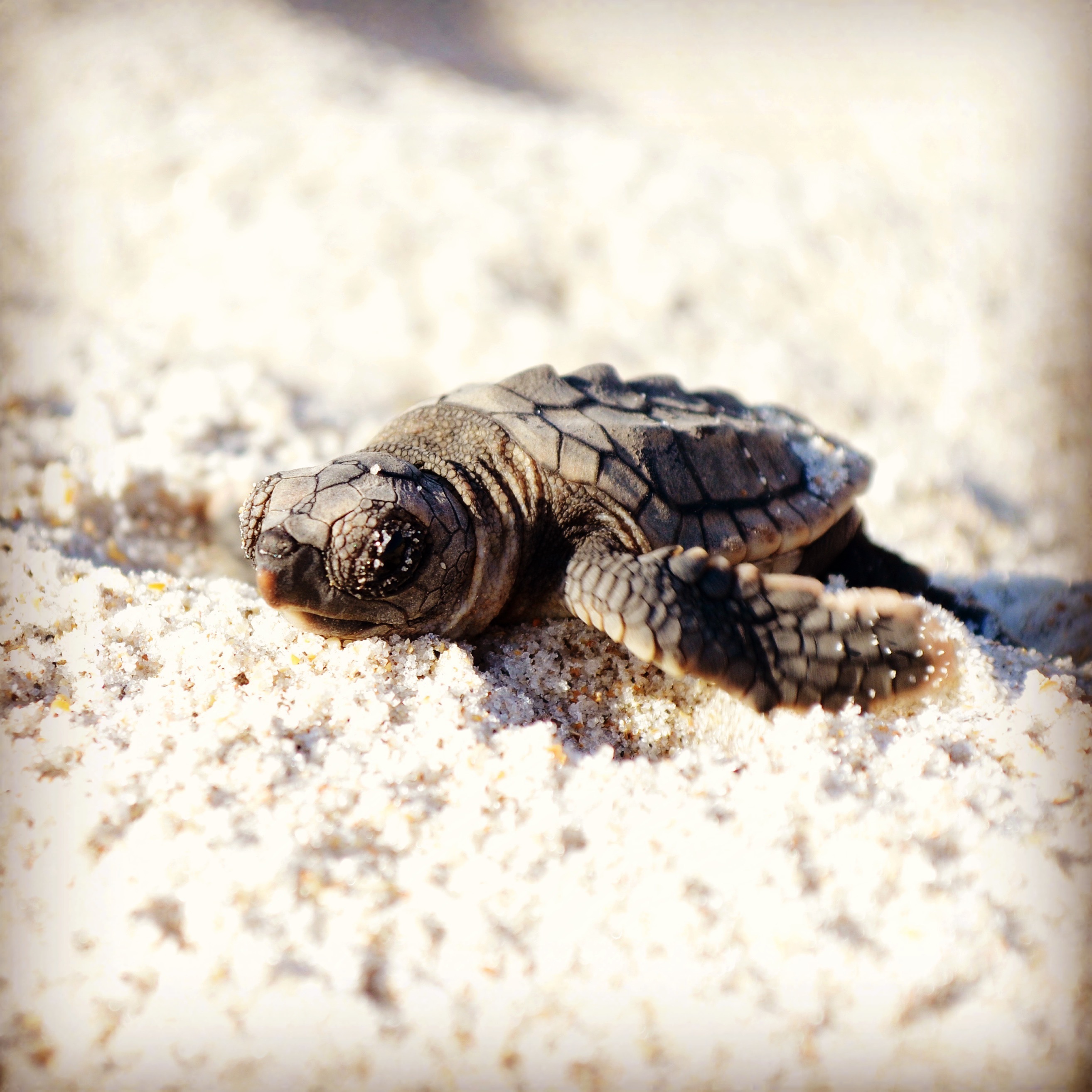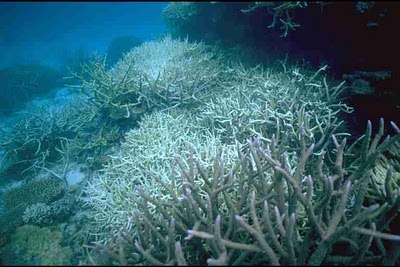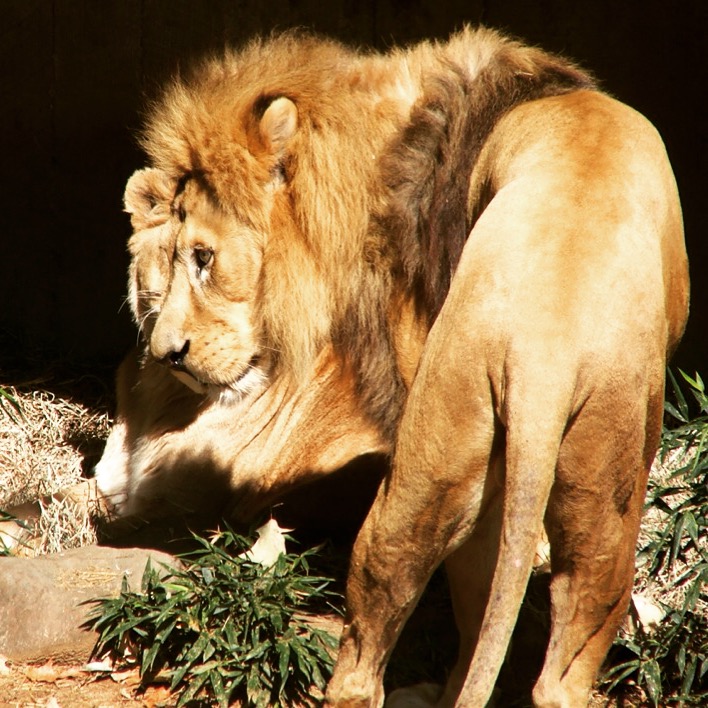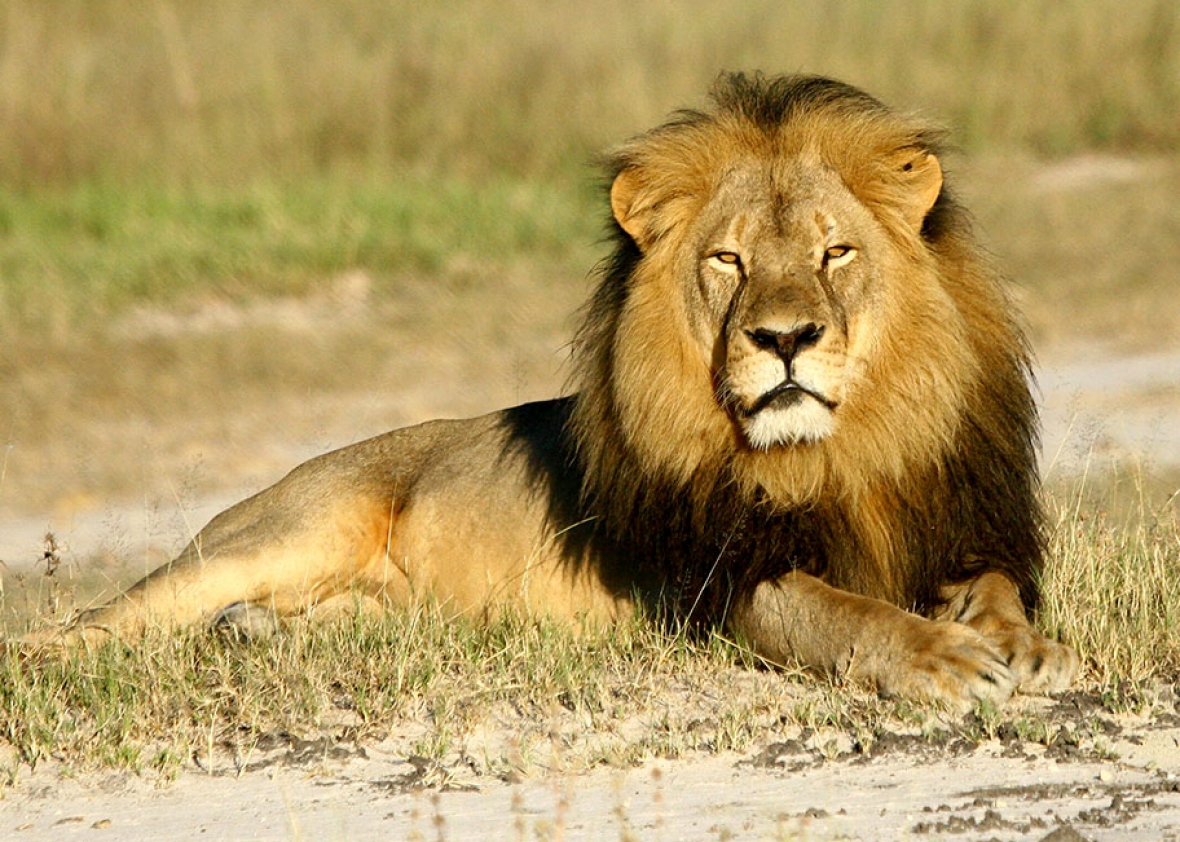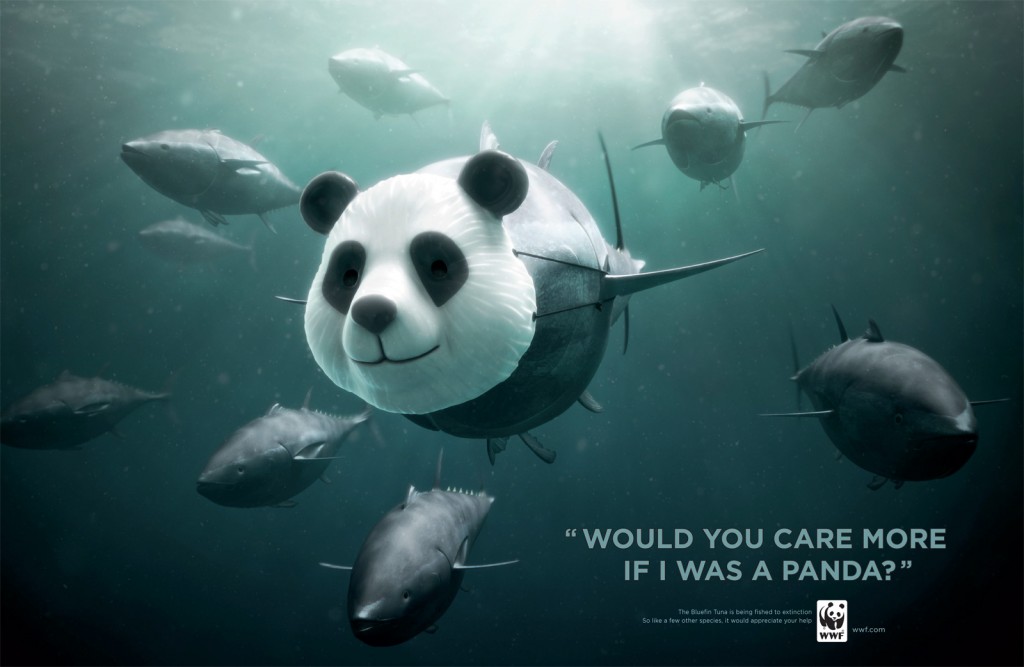Nestled in the most westerly region of southern Queensland is the Bunya Mountains. Home to 600 year-old pines and close to 400 documented species of marsupials, amphibians and reptiles, including birds, Bunya is an incredible place treasured by generations of Australians. A few years ago, we were fortunate enough to visit the Bunya Mountains National Park. Traveling from Toowoomba up the A2 to the Bunya Mountains Road, the trip through the Great Dividing Range was simply beautiful. We were only just within the park boundaries when we met our first local, a gorgeous carpet python. Stretched across the bitumen …
Wildlife of the Bunya Mountains
